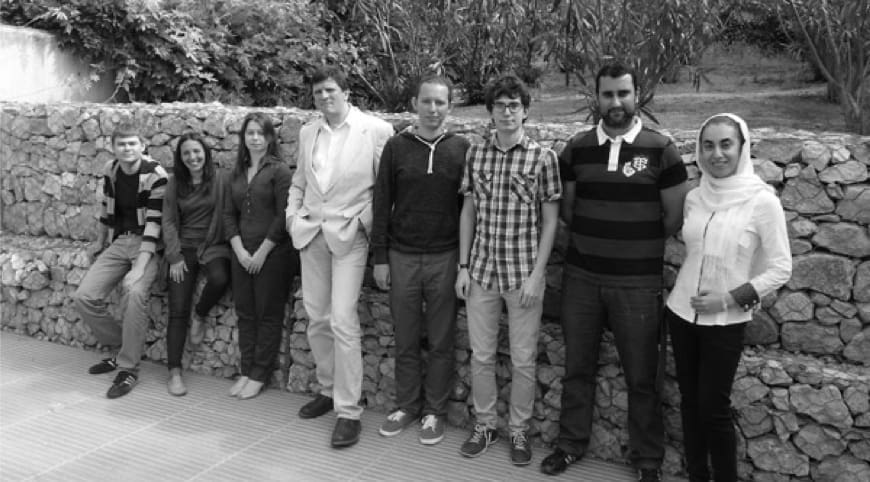Exceedingly Facile Ph-X Activation (X=Cl, Br, I) with Ruthenium(II): Arresting Kinetics, Autocatalysis, and Mechanisms
[(Ph3P)3Ru(L)(H)2] (where L=H2 (1) in the presence of styrene, Ph3P (3), and N2 (4)) cleave the Ph![[BOND]](http://onlinelibrarystatic.wiley.com/undisplayable_characters/00f8ff.gif) X bond (X=Cl, Br, I) at RT to give [(Ph3P)3RuH(X)] (2) and PhH. A combined experimental and DFT study points to [(Ph3P)3Ru(H)2] as the reactive species generated upon spontaneous loss of L from 3 and 4. The reaction of 3 with excess PhI displays striking kinetics which initially appears zeroth order in Ru. However mechanistic studies reveal that this is due to autocatalysis comprising two factors: 1) complex 2, originating from the initial PhI activation with 3, is roughly as reactive toward PhI as 3 itself; and 2) the Ph
X bond (X=Cl, Br, I) at RT to give [(Ph3P)3RuH(X)] (2) and PhH. A combined experimental and DFT study points to [(Ph3P)3Ru(H)2] as the reactive species generated upon spontaneous loss of L from 3 and 4. The reaction of 3 with excess PhI displays striking kinetics which initially appears zeroth order in Ru. However mechanistic studies reveal that this is due to autocatalysis comprising two factors: 1) complex 2, originating from the initial PhI activation with 3, is roughly as reactive toward PhI as 3 itself; and 2) the Ph![[BOND]](http://onlinelibrarystatic.wiley.com/undisplayable_characters/00f8ff.gif) I bond cleavage with the just-produced 2 gives rise to [(Ph3P)2RuI2], which quickly comproportionates with the still-present 3 to recover 2. Both the initial and onward activation reactions involve PPh3 dissociation, PhI coordination to Ru through I, rearrangement to a η2-PhI intermediate, and Ph
I bond cleavage with the just-produced 2 gives rise to [(Ph3P)2RuI2], which quickly comproportionates with the still-present 3 to recover 2. Both the initial and onward activation reactions involve PPh3 dissociation, PhI coordination to Ru through I, rearrangement to a η2-PhI intermediate, and Ph![[BOND]](http://onlinelibrarystatic.wiley.com/undisplayable_characters/00f8ff.gif) I oxidative addition.
I oxidative addition.

F. M. Miloserdov, D. McKay, B. K. Muñoz, H. Samouei, S. A. Macgregor, V. V. Grushin
Angew. Chem. Int. Ed. 2015, 54, 8466-8470
DOI:
Go to the journal

Let's create a brighter future
Join our team to work with renowned researchers, tackle groundbreaking
projects and contribute to meaningful scientific advancements



















